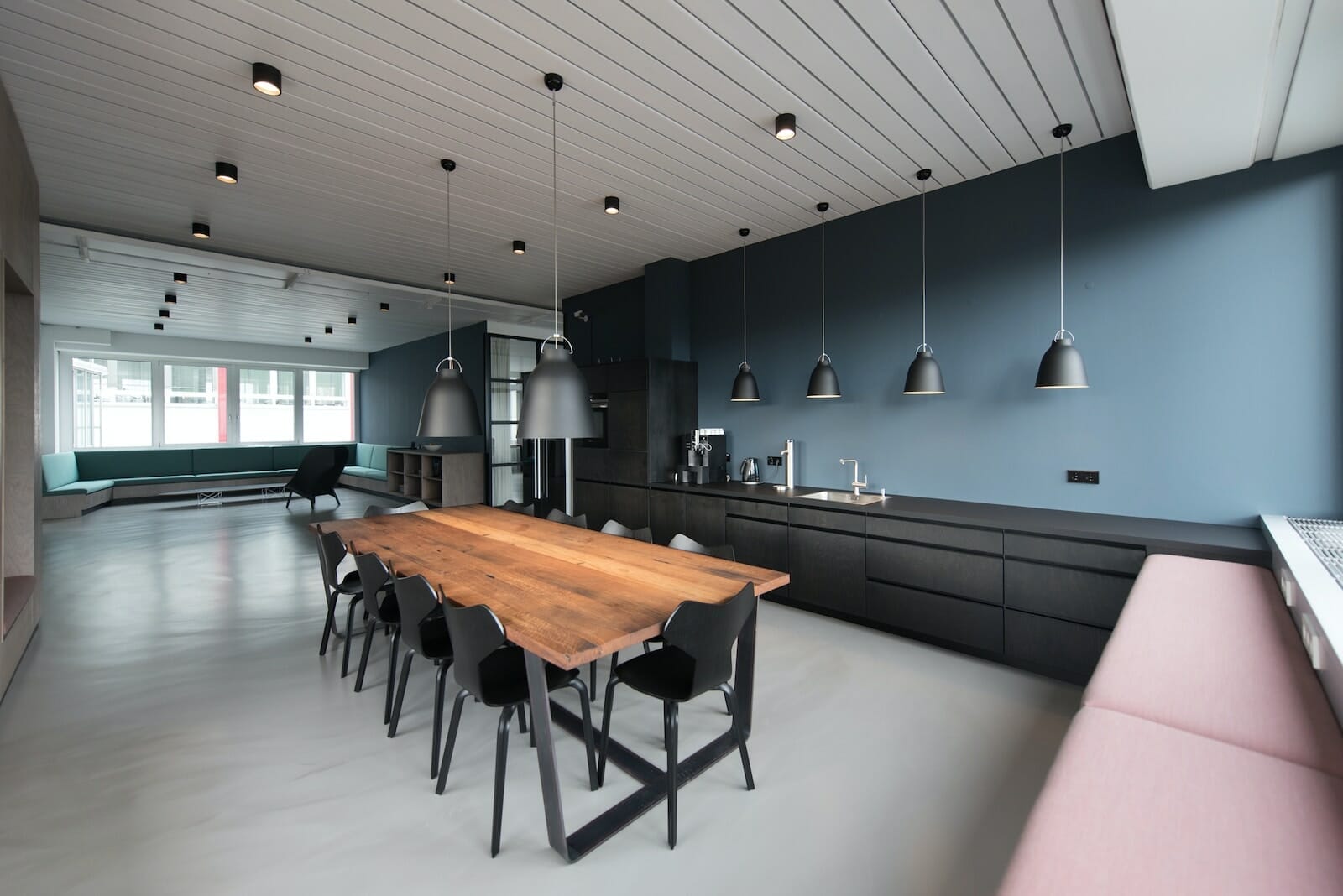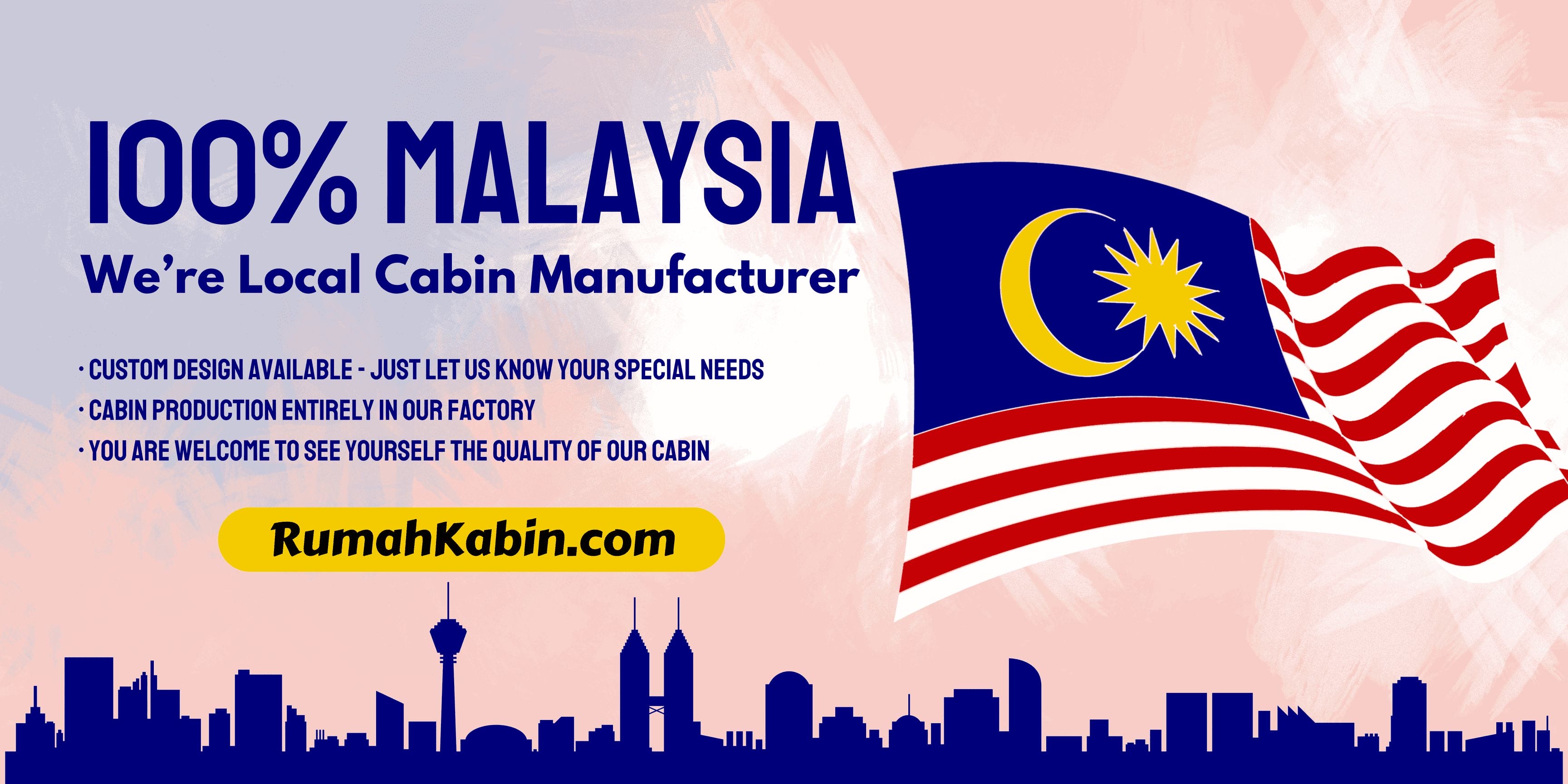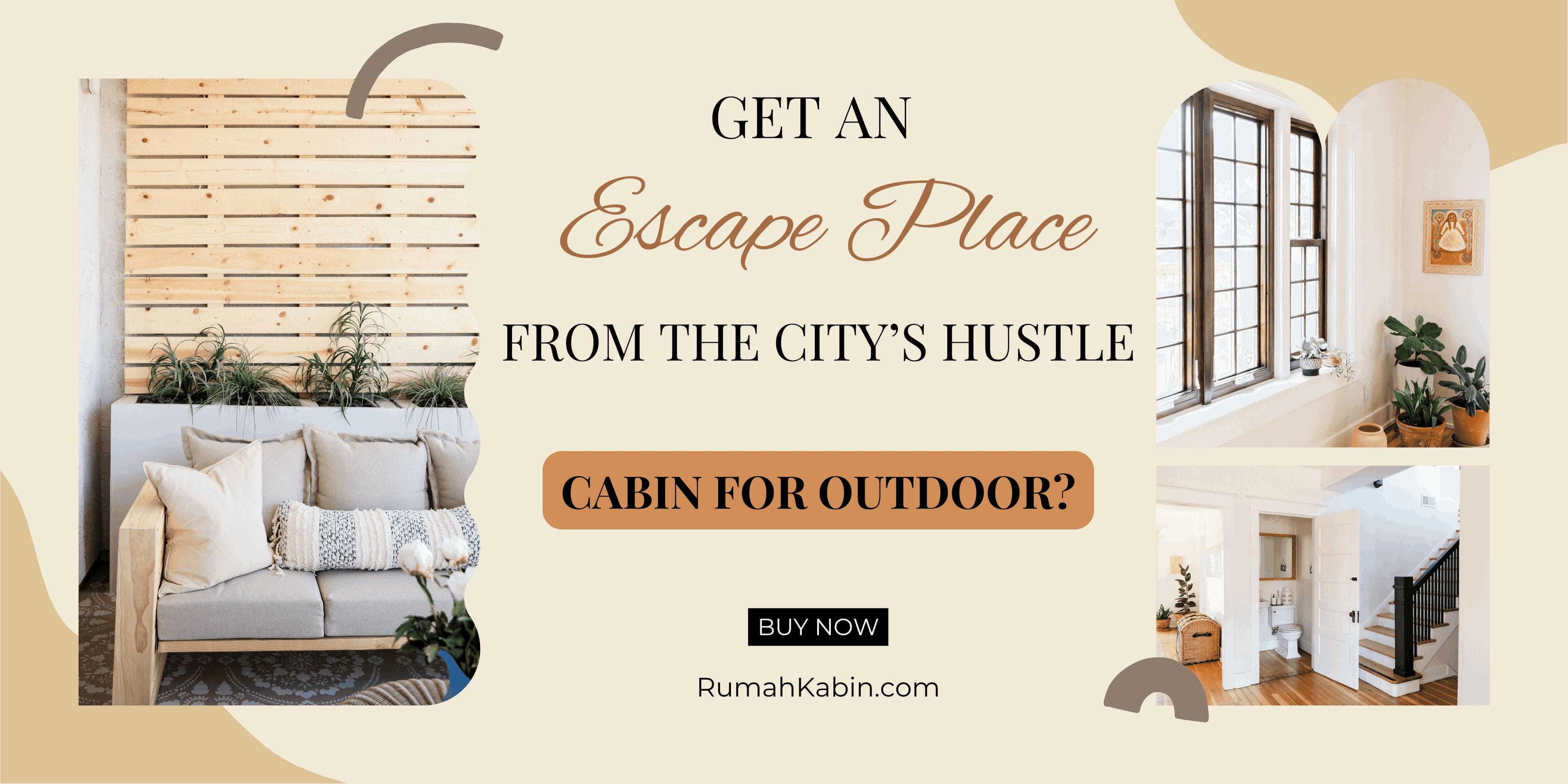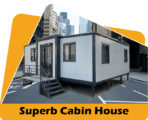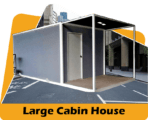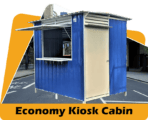What architectural styles are most popular for cabin houses in Malaysia?
- What are the most popular architectural styles for cabin houses in Malaysia?
- What factors influence the choice of architectural style for cabin houses in Malaysia?
- How do climate and location impact the choice of architectural style for cabin houses in Malaysia?
- What are some pros and cons of different architectural styles for cabin houses in Malaysia?
- What architectural styles work best for small, medium, and large cabin houses in Malaysia?
- How can you blend different architectural styles when designing a cabin house in Malaysia?
- What architectural styles are most cost-effective for cabin houses in Malaysia?
- How do cultural influences and traditions impact architectural styles for cabin houses in Malaysia?
- What architectural styles allow for maximum natural light and ventilation for cabin houses in Malaysia?
- How important is it to choose an architectural style that fits the surrounding landscape for cabin houses in Malaysia?
What factors influence the choice of architectural style for cabin houses in Malaysia?
The choice of architectural style for cabin houses in Malaysia depends on several factors:
- Climate and location – Malaysia’s climate is generally hot and humid. Architectural styles that allow for maximum ventilation, airflow and natural lighting work best. Styles like tropical design that use large overhanging roofs, open-air spaces and breathable materials are suitable. Location specifics like being near the coast or in highlands also matter.
- Budget – Simple architectural styles like vernacular and traditional Malay designs are cost-effective. More elaborate styles can raise costs substantially. The budget plays a key role in choosing the style.
- Personal preferences – Owners have specific style preferences based on aesthetic appeal, functionality etc. Contemporary, modern, minimalist, rustic, Mediterranean are some styles owners may prefer. The chosen style should align with preferences.
- Purpose of the cabin – Cabins meant as weekend getaways may use cozier styles like log cabins. Cabins for longer stays need more functional designs. The purpose impacts the style choice.
- Landscape and surroundings – Choosing a style that complements the natural landscape is important. For example, an alpine style cabin fits beautifully in the highlands while tropical style suits the coasts.
- Culture and traditions – Incorporating traditional Malay architectural elements creates cultural connection. Common elements include high-pitched roofs, raised floors, ornate woodcarvings.
- Eco-friendliness – Sustainable materials and designs are gaining popularity. Eco-styles like bamboo construction, solar passive techniques, green roofs etc are considerations.
Overall, climate suitability, budget, personal preferences and blending into the landscape are key factors that influence architectural style choice for cabin houses in Malaysia.
How do climate and location impact the choice of architectural style for cabin houses in Malaysia?
Malaysia’s climate and diverse locations significantly influence the choice of architectural styles for cabin houses:
- Hot, humid climate – Most parts of Malaysia are hot and humid all year round. Architectural styles that allow for maximum ventilation, air circulation and breathability are ideal. Large overhanging roofs, open-air spaces, and breathable materials help reduce heat and humidity.
- Heavy rainfall – Frequent tropical downpours mean the architecture must allow for excellent water drainage and resistance to moisture damage. Steeply pitched roofs, raised floors, and water-resistant materials are preferable.
- Coastal locations – Near the coast, the architecture has to withstand sea spray, salty air and potential storm surges. Open designs work better to allow cross ventilation. Salt-resistant materials are ideal. Styles like tropical and coastal vernacular suit seaside cabins.
- Inland tropical locations – In low-lying inland areas, minimizing heat gain is crucial. Large shaded areas, screened windows, courtyards with vegetation and water features help reduce heat. Styles like traditional Malay kampung houses work well.
- Highland areas – In the cooler highlands, insulation and thermal mass become important. Styles like chalet and alpine with steep sloping roofs, attics, cellars, double glazing and thick walls are suitable.
- Urban settings – For cabins in city outskirts, space constraints exist. Compact architectural styles like tiny homes, containers, and modular designs maximize space.
In summary, optimizing for the climate, traditions and specific location context through appropriate architectural styles is vital when designing cabin houses in Malaysia.
What are some pros and cons of different architectural styles for cabin houses in Malaysia?
Choosing an architectural style for a cabin in Malaysia involves weighing various pros and cons:
Traditional Malay style
- Pros: Culturally connected, blends into landscape, built from natural materials like wood and bamboo
- Cons: Not modern, less ventilation, not minimalist
Tropical style
- Pros: Excellent ventilation, large overhangs, open spaces suit climate
- Cons: Very open, less privacy, high maintenance
Alpine style
- Pros: Distinctive aesthetic, steep roofs suit highlands, excellent insulation
- Cons: Not climate-appropriate for most of Malaysia, expensive
Minimalist modern
- Pros: Visually light and spacious, easy to maintain, versatile
- Cons: Can lack cultural connection, less ventilation
Container cabin
- Pros: Quick to construct, portable, stylish
- Cons: Small spaces, can overheat, limited design flexibility
Vernacular kampung
- Pros: Blends into nature, climate-adapted, cultural links
- Cons: Rustic, not contemporary
Coastal cottage
- Pros: Casual seaside charm, maximizes sea views
- Cons: Not optimal for inland locations, less privacy
Log cabin
- Pros: Cozy and warm, blends into wooded areas
- Cons: Not suited for tropical heat, expensive, high maintenance
Overall, tropical, vernacular and minimalist modern styles seem to suit cabin houses best in Malaysia based on climate, culture, and landscape considerations.
What architectural styles work best for small, medium, and large cabin houses in Malaysia?
The size of the cabin house affects the optimal architectural style in Malaysia:
Small cabin houses
- Container homes – Compact and modern
- Tiny homes – Efficient use of limited space
- Alpine style – Cozy and suitable for highlands
- Coastal cottage – Casual seaside charm
Medium cabin houses
- Traditional Malay – Culturally connected and climate-adapted
- Tropical style – Open and breezy
- Vernacular kampung – Blends into nature
- Minimalist modern – Clean lines and spacious feel
Large cabin houses
- Traditional Malay – Flexibility for elaborate designs
- Modern tropical – Indoor-outdoor flow, lush greenery
- Mediterranean – Elegant and luxurious
- Contemporary – Spacious and full of light
- Chalet – Rustic charm, excellent for highlands
The key is choosing styles that optimize the space, whether small, medium or large. Small cabins need efficient styles, medium cabins suit vernacular styles, while large cabins can accommodate more luxurious and elaborate designs. The architectural style must complement the size for the best outcome.
How can you blend different architectural styles when designing a cabin house in Malaysia?
Blending architectural styles creatively is a great way to design a unique cabin house in Malaysia. Here are some tips:
- Combine traditional Malay elements like ornate woodcarvings, attap roofs and raised floors with modern tropical style using indoor-outdoor spaces and lots of greenery. This creates a culturally rooted yet contemporary tropical cabin.
- Use the framework of a minimalist modern cabin but add a few touches like timber walls, pitched roofs and verandahs to give a subtle traditional vibe without compromising the clean modern aesthetics.
- Incorporate futuristic-looking shipping containers and modular units as interesting sections alongside a core alpine or chalet style cabin with sloping roofs and wood finishes. The contrast creates visual interest.
- For a coastal cabin, blend quintessential tropical elements like airy spaces, palm trees and rattan furniture with unexpected materials like steel, concrete and tinted glass to put a modern twist on the seaside cottage look.
- Use traditional craftsmanship and building techniques on the exterior while opting for luxurious contemporary interior design. This allows you to honor cultural heritage while enjoying modern comforts.
- Add unexpected shapes, textures and colors that pop while retaining a simple, minimalist framework. This creates a cabin that’s modern yet playful.
The possibilities are endless. Blend styles that complement each other aesthetically and functionally. This results in a custom-designed cabin house that reflects Malaysia’s diverse architecture.
What architectural styles are most cost-effective for cabin houses in Malaysia?
Building a cost-effective cabin house in Malaysia comes down to choosing an architectural style that uses easily available materials and straightforward construction methods. Here are some of the most cost-effective styles:
- Vernacular kampung style – Uses readily available wood, bamboo and other natural materials. The structures are simple, with raised floors, pitched roofs and open-air spaces. This traditional Malay style is easy to construct.
- Coastal cottage – Simple pitched roofs, timber walls, and raised floors make seaside cottages affordable. Open porches and decks also reduce costs.
- Container homes – Converted shipping containers require minimal additional construction besides cutting openings. The modular structure saves time and money.
- Tiny homes – Their ultra-compact size of under 500 sq.ft. requires fewer materials, reducing overall costs.
- A-frame cabins – The steeply angled triangular A-frame structure uses fewer materials and is simple to erect.
- DIY cabins – Opting for DIY construction using basic tools and your own labor cuts down on labor costs significantly.
- Minimalist modern – The sparse, utilitarian aesthetics use cost-effective materials like concrete, steel, glass and plyboard efficiently.
Prioritizing simplicity, functionality, and using local, readily available materials are key principles for cost-effective cabin architecture in Malaysia.
How do cultural influences and traditions impact architectural styles for cabin houses in Malaysia?
Malaysia’s diverse cultural influences significantly impact the architectural styles used for cabin houses:
- Traditional Malay – This incorporates elements like ornately carved timber, attap roofing, raised floors and open-air spaces adapted to the tropical climate. The style reflects indigenous Malay culture.
- Chinese – Chinese-influenced architecture includes moon gates, courtyards, pagoda-style roofs, dragon motifs and feng shui principles. Chinese-style cabins incorporate these.
- Colonial – British colonial architecture adds touches like louvred windows, wrap-around verandahs, wrought iron railings and fancy exterior trim. Anglo-Malay bungalows blend colonial and Malay styles.
- Portuguese and Dutch – Buildings in Malacca and Penang feature colorful facades, stucco walls and Dutch gables reflecting Portuguese and Dutch influence. Cabins here can incorporate these elements.
- Borneo tribal – The indigenous tribes of Borneo have unique architectural styles like longhouses on stilts. Using local wood, thatch and woven materials creates cultural connection.
- Nyonya – Decorative tiles, colorful motifs and lacquered furniture characterize Peranakan culture, as seen in Penang and Melaka shophouses. Nyonya-inspired cabins are ornate.
- Minangkabau – Originating from Sumatra, Minangkabau architecture is known for dramatic curved roofs resembling buffalo horns, which can accentuate cabin roofs.
Overall, incorporating traditional designs, motifs, materials and layouts into the architecture helps cabin houses resonate culturally with Malaysia’s diverse heritage.
What architectural styles allow for maximum natural light and ventilation for cabin houses in Malaysia?
Malaysia’s hot, humid climate makes architectures that maximize natural light and airflow ideal for cabin houses:
- Tropical style – Extensive windows, high ceilings, large overhanging roofs and open-air spaces allow cross-ventilation and light penetration.
- Indoor-outdoor style – Blurring the line between indoor and outdoor areas with collapsible glass walls, screened patios, pergolas and courtyard gardens enhances ventilation.
- Minimalist modern – Floor-to-ceiling windows and doors, skylights, and minimalist interiors reduce obstruction to airflow and light.
- Coastal cottage – Cross-breezes from porches, high windows, and ocean-facing exposures allow excellent ventilation.
- Stilt houses – Elevated on stilts improves airflow while slatted floors and high-pitched roofs give more lighting.
- Container homes – Cutting large openings in shipping containers creates well-lit and breezy interiors. Strategic placement allows cross-ventilation.
- Courtyard cabins – Central open-air courtyards bring light and airflow inside. Surrounding rooms can have large windows overlooking the courtyard.
- A-frame designs – The steeply sloped roof and triangular end walls allow placing extensive windows for lighting and ventilation.
- Solar passive design – Techniques like window placement, insulation, thermal mass, and solar orientation reduce heat gain naturally.
Choosing open, minimalist styles that take advantage of natural light, airflow and passive cooling principles is the best way to create bright, breezy cabin houses in Malaysia’s tropical climate.
How important is it to choose an architectural style that fits the surrounding landscape for cabin houses in Malaysia?
Choosing an architectural style that complements the surrounding landscape is extremely important for cabin houses in Malaysia for several reasons:
- It helps the cabin blend in seamlessly rather than look out of place and artificial. The right style creates visual harmony.
- Styles suited to the location are often better optimized for the climate and setting. For example, tropical style in the lowlands or alpine style in the highlands.
- Using local, natural materials adds to the integration with nature. For instance, timber and stone in a forested area.
- Incorporating the natural terrain like slopes, rocks, existing vegetation into the design instead of changing the landscape aids integration.
- Styles that obstruct views or access to nature defeat the purpose of a cabin retreat immersed in the landscape.
- Adhering to location-based architectural traditions also often ties into culture and heritage.
- A complementary style can make small cabins seem unobtrusive and large cabins visually grounded rather than ostentatious.
- A harmonious style adds to the calm, peaceful atmosphere people expect from a cabin retreat.
In essence, location-appropriate architecture allows the cabin house to be an extension of the landscape and creates a synergistic, nature-oriented experience. This makes choosing the right style for the site crucial.
What are the most popular architectural styles for cabin houses in Malaysia?
Some of the most popular architectural styles for cabin houses in Malaysia include:
- Traditional Malay – Features include ornate wood carvings, attap roofing, raised floors, large overhanging eaves, and open-air spaces. Reflects indigenous heritage.
- Tropical – Designed for hot, humid climate with cross-ventilation, breezeways, large windows, high ceilings, and minimal walls. Indoor-outdoor living.
- Vernacular Kampung – Inspired by traditional Malay villages using natural materials like wood and bamboo. Pitched roofs, porches, on stilts.
- Minimalist Modern – Clean lines, neutral colors, utilitarian shapes and forms, extensive glass, emphasis on natural light and space.
- Coastal Cottage – Casual, breezy seaside charm using natural wood, raised floors, decks, large porches, high ceilings.
- Alpine – Steeply pitched roofs, attics, basements, timber and stone finishes give a rustic, cozy feel. Popular in highlands.
- Container – Trendy, eco-friendly style using repurposed shipping containers as ready-made modules. Industrial chic.
- A-Frame – Dramatic triangular A-frame structures made from wood or glass. Cozy interiors and unique geometric shape.
The choice depends on factors like climate, location, landscape, budget and personal preferences. Blending styles is also popular.
Key Takeaways
- Malaysia’s hot, humid climate makes tropical, indoor-outdoor and vernacular kampung styles well-suited for cabins.
- Location specifics like the coast, highlands or cities impact optimal architectural choices.
- Blending modern and traditional styles allows cultural connection alongside contemporary design.
- Small cabins suit compact styles like tiny homes, while large cabins can incorporate more elaborate designs.
- Simplicity and natural materials make styles like coastal cottage cost-effective.
- Maximizing natural light and cross-ventilation should be prioritized.
- Choosing a style that complements the landscape helps the cabin blend in.
- Personal preferences, budget, purpose and sustainability are also considerations for selecting a cabin’s architectural style.
Conclusion
In summary, architectural styles for cabin houses in Malaysia must be adapted to the tropical climate, blend local heritage with modern aesthetics, and integrate harmoniously into the diverse landscapes. A cabin’s architecture significantly impacts its functionality, comfort and visual appeal. Carefully weighing factors like site, size, budget, sustainability and personal inclinations allows finding the ideal style or fusion of styles for a memorable Malaysian cabin getaway.
Kontraktor Rumah Kabin
Rumah Kabin Murah
Rumah Kontena Vs Rumah Kabin
Rumah Kabin Pasang Siap
Senarai Harga Kabin di Malaysia
Heavy Duty Cabin
Light Duty Cabin

